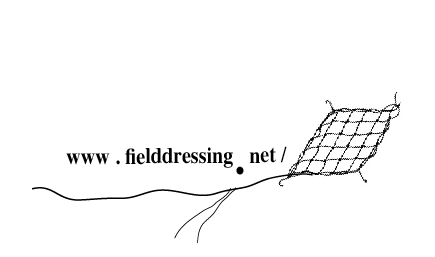Scarlet Beebalm
Scarlet Beebalm
Scarlet Beebalm (Monarda didyma) is a variety of beebalm in the mint and bergamot family which provides a stunning red accent in summer gardens. This native herb enjoys partial to full sun and can stand out with heights of 3 feet and large clusters of vivid red flowers that attract pollinators and are a favorite of hummingbirds.
CONDITIONS
Scarlet Beebalm does best in rich. slightly acidic well-draining soil. You can supplement your beds with perlite or vermiculite as well as compost or potting soil to improve draining and acidity. Flowers most brilliantly in moderate to full sun but tolerates partial shade. Keep watered and moist, but not flooded. Keep space pf 2-3 feet apart.
BENEFITS
Ruby-throated Hummingbirds, Large Carpenter Bees, Hummingbird Moths, and a myriad of butterflies will flock to this sweet minty scented flower. The Oswega Indians of New York used this beebalm as a tea, as it is in the mint and bergamot family it is edible and refreshing. Enjoy the striking flowers from May into October depending on weather.
CARE
You will receive a plant with several sets of leaves and established roots. Find a space that receieves at least 6 hours of sun. Dig a hole at least as deep as the root ball and fill in with potting soil. Space plants 2-3 feet apart. Avoid sitting in water as roots may rot. Beebalm is also susceptible to powdery mildew and rust, so try to water at roots rather than over the plant to avoid making the leaves and flowers too wet. Pull off dead leaves and keep dead leaves away from plant. Water at base for the following weeks after the plant is placed in ground. May not flower until year two if area is shaded.
Companion plants include common milkweed, eastern bluestar, mistflower, rabbit tobacco. swamp rose, bluestem, ironweed, wingstem, liatris and vervain




